Le guide ultime du débutant pour le référencement de WordPress : Des stratégies efficaces que tout le monde peut mettre en œuvre
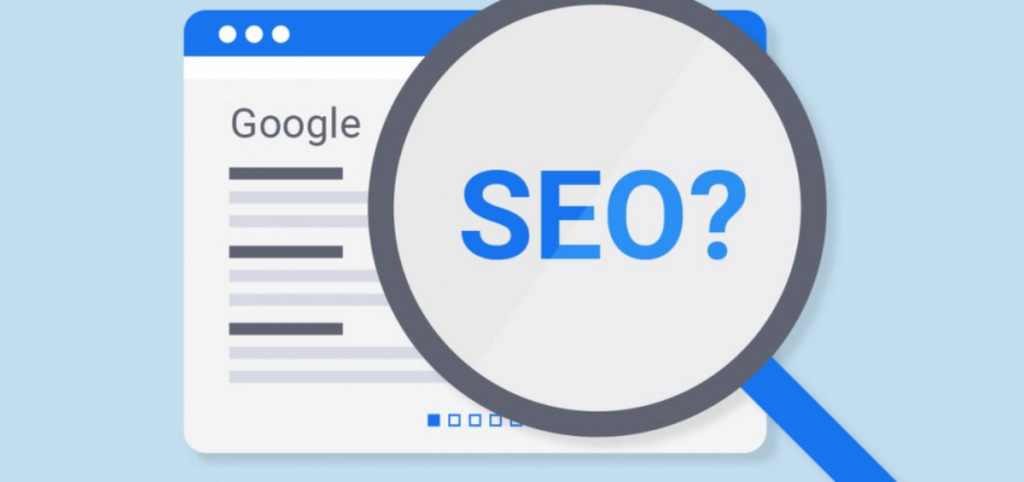
De nombreux utilisateurs ont entendu dire que WordPress était favorable au référencement lorsqu'ils construisaient un site web avec WordPress. C'est l'une des principales raisons pour lesquelles les gens choisissent WordPress pour créer leur site web. Bien que WordPress génère un code conforme aux normes de référencement, il y a encore beaucoup à faire pour maximiser le potentiel de référencement de votre site. Dans ce guide, nous vous guiderons à travers des stratégies de référencement WordPress claires et réalisables que tout le monde, même les débutants, peut comprendre et mettre en œuvre.
De nombreux tutoriels SEO doivent être plus techniques et complexes et plus accessibles à digérer pour ceux qui débutent. C'est pourquoi nous avons conçu ce guide pour qu'il soit facile à suivre afin que vous puissiez améliorer votre référencement WordPress d'une manière claire, simple et très efficace.
Qu'est-ce que le référencement ?

SEO (optimisation des moteurs de recherche) consiste à optimiser votre site web pour qu'il soit mieux classé dans les résultats des moteurs de recherche et qu'il génère plus de trafic. Pour ce faire, vous devez créer du contenu et utiliser des techniques d'optimisation qui permettent aux moteurs de recherche tels que Google de trouver et de comprendre plus facilement votre site web.
Le référencement ne consiste pas à tromper les moteurs de recherche ; il s'agit plutôt d'aider les moteurs de recherche à trouver et à afficher votre contenu de manière plus visible lorsque les utilisateurs recherchent des termes pertinents.
Pourquoi le référencement est-il important ?
Les moteurs de recherche sont souvent la principale source de trafic pour les sites web. Des plateformes comme Google utilisent des algorithmes avancés pour classer les sites web en fonction de la qualité, de la pertinence et de la structure de leur contenu. Toutefois, ces algorithmes ne sont pas parfaits ; ils ont besoin de votre aide pour comprendre et classer votre contenu.
Sans un bon référencement, le contenu de votre site web risque de ne pas être bien classé dans les résultats de recherche, même s'il est de grande qualité. Cela signifie que moins de personnes trouveront votre site lorsqu'elles effectueront des recherches sur les sujets que vous traitez.
L'optimisation de votre site pour les moteurs de recherche est essentielle pour attirer plus de visiteurs et augmenter la visibilité de votre site web.
Les bases du référencement sur WordPress
Le référencement peut sembler technique, mais il n'a pas à l'être. L'apprentissage de quelques principes fondamentaux de référencement peut améliorer de manière significative le classement et le trafic de votre site. Si vous utilisez déjà WordPress, vous êtes dans une position idéale pour commencer à optimiser votre site web dès maintenant.
Commençons par quelques stratégies de référencement de base pour WordPress.
Voyons maintenant les mesures que vous pouvez prendre pour optimiser votre site WordPress pour le référencement.
1. Vérifiez les paramètres de visibilité de votre site web
WordPress dispose d'un paramètre intégré qui vous permet de masquer votre site web aux moteurs de recherche pendant que vous travaillez dessus. Cette fonction est utile lors de la construction de votre site, mais si elle est activée par erreur, elle peut empêcher les moteurs de recherche d'indexer votre contenu.
Pour que votre site web soit visible par les moteurs de recherche :
1. Connectez-vous à votre tableau de bord WordPress.
2. Allez à Paramètres > Lecture.
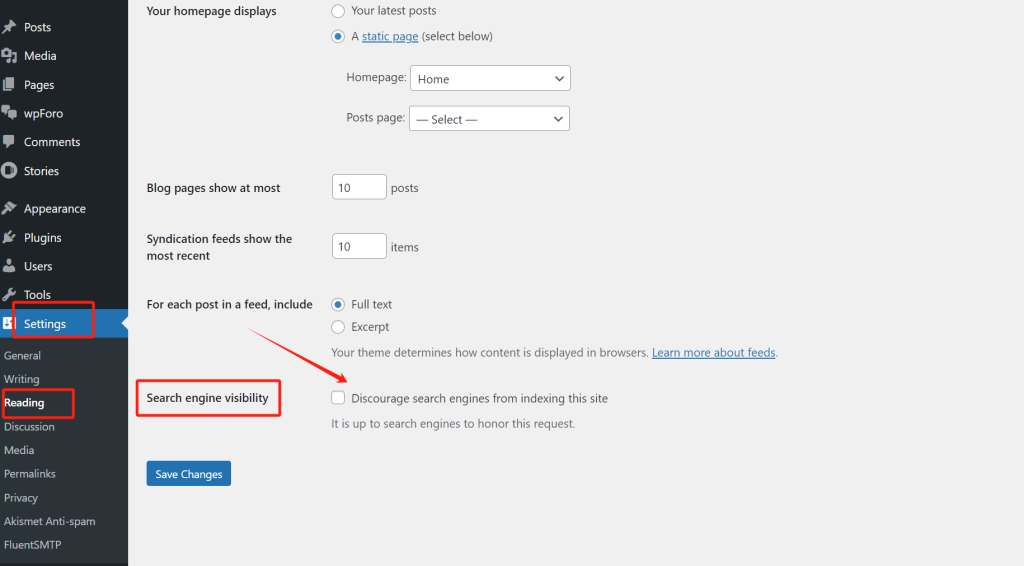
3. Faites défiler vers le bas jusqu'à la rubrique Visibilité sur les moteurs de recherche section.
4. Assurez-vous que la case à côté de Décourager les moteurs de recherche d'indexer ce site est non vérifié.
Une fois que vous vous êtes assuré que votre site est visible, cliquez sur Enregistrer les modifications.
2. Utilisez des structures d'URL favorables au référencement
Une URL bien structurée peut rendre votre contenu plus compréhensible pour les utilisateurs et les moteurs de recherche. Les URL favorables au référencement sont courtes, descriptives et comprennent des mots-clés pertinents qui indiquent clairement le sujet de la page.
Par exemple :
- URL favorable à l'optimisation des moteurs de recherche (SEO) : https://www.example.com/wordpress-seo-guide
- URL non favorable au référencement : https://www.example.com/?p=123
Pour définir une structure d'URL favorable à l'optimisation des moteurs de recherche dans WordPress :
1. Allez à Paramètres > Permaliens.
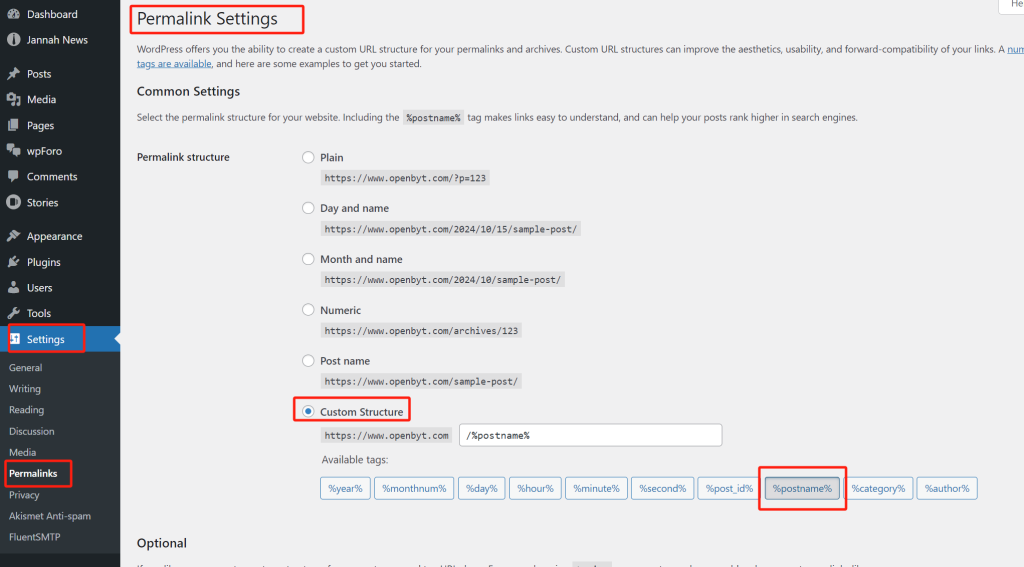
2. Sélectionnez le nom du poste comme structure de permalien.
3. Cliquez sur Enregistrer les modifications.
La modification de la structure des permaliens peut affecter vos liens existants si votre site web existe depuis un certain temps. Consultez un professionnel du référencement si vous devez modifier les paramètres de votre permalien pour un site établi.
3. Décider entre les versions www et non-www
Les moteurs de recherche traitent www.example.com et exemple.com comme deux sites différents. Il est essentiel de choisir un format et de s'y tenir.
Pour définir votre version préférée :
1. allez à Paramètres > Général.
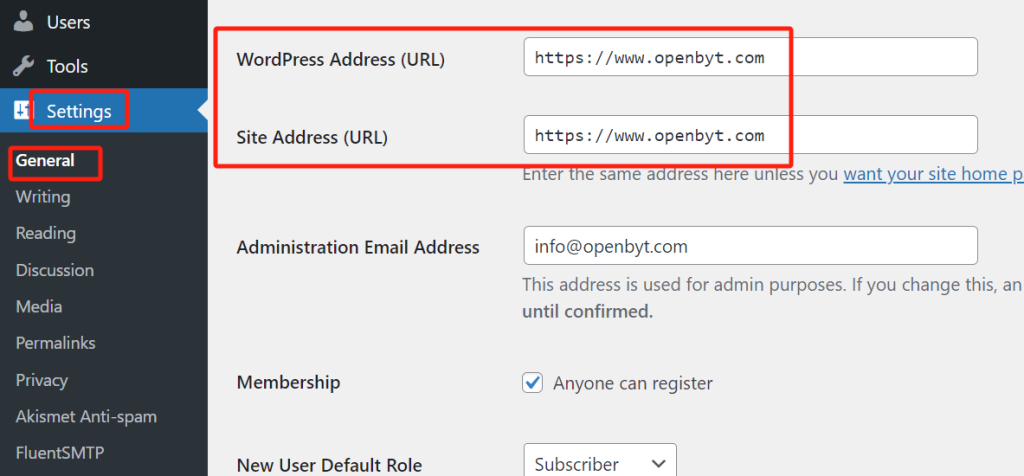
2. dans le Adresse WordPress et Adresse du site entrez la version www ou non www de votre site.
3.Cliquez Enregistrer les modifications.
4. Installez les meilleurs plugins de référencement de WordPress
WordPress dispose de nombreux plugins qui rendent le référencement beaucoup plus accessible. Bien que vous n'ayez pas besoin d'un plugin pour chaque tâche, un plugin SEO complet peut vous aider à gérer toutes les fonctions SEO essentielles.
Deux des plugins de référencement les plus populaires de WordPress sont :
- Tout en un SEO (AIOSEO) - Un plugin hautement recommandé qui offre des outils SEO avancés, y compris l'analyse TruSEO, le balisage de schéma, l'intégration des médias sociaux, le SEO WooCommerce, et plus encore.

- Yoast SEO - Un plugin convivial qui vous aide à optimiser le contenu pour le référencement et fournit des analyses de pages utiles.

Nous vous recommandons de commencer par AIOSEO pour ses nombreuses fonctionnalités et son interface conviviale.
Autres bonnes pratiques de référencement de WordPress
1. Ajoutez un plan du site XML à votre site web
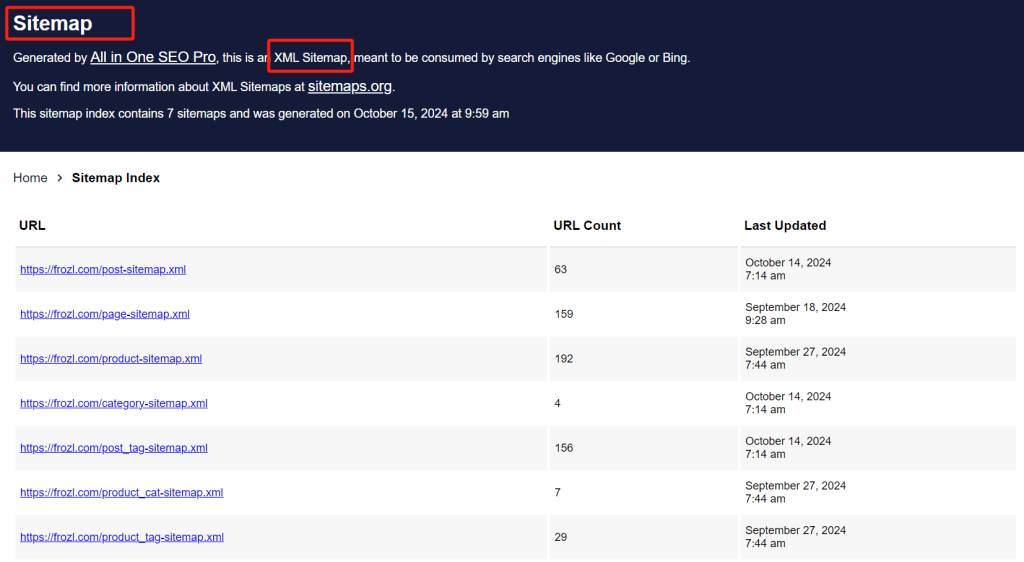
Un Plan du site XML est un fichier qui répertorie toutes les pages de votre site, ce qui permet aux moteurs de recherche de trouver et d'indexer facilement votre contenu. Bien qu'un sitemap n'améliore pas votre classement, il aide les moteurs de recherche à découvrir votre contenu plus rapidement.
La plupart des plugins SEO, comme AIOSEO, génèrent automatiquement un sitemap XML. Vous pouvez visualiser votre sitemap en visitant :
https://www.example.com/sitemap.xml
2. Soumettre votre plan du site à Google Search Console
Une fois que vous avez configuré votre sitemap XML, l'étape suivante consiste à l'envoyer à Google Search Console. Cet outil gratuit vous permet de surveiller l'apparition de votre site web dans les résultats de recherche de Google.
Pour soumettre votre sitemap :
1. Connectez-vous à Google Search Console.
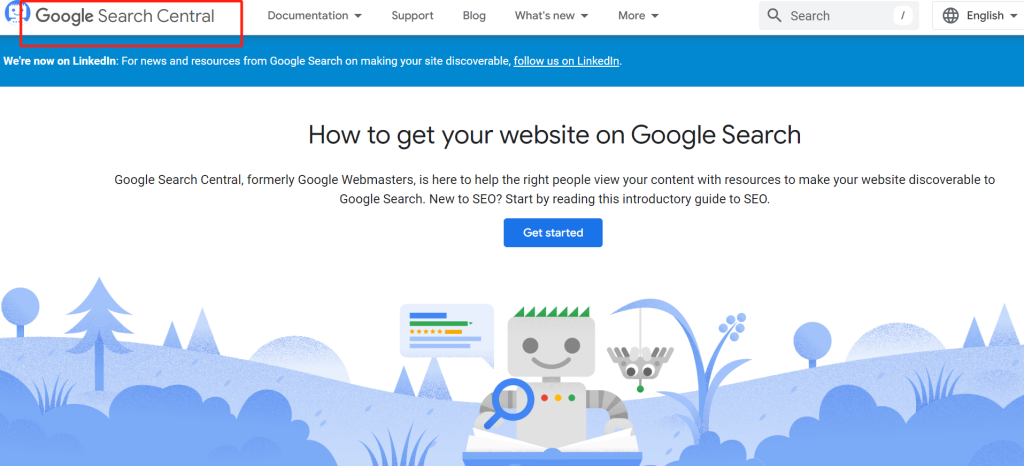
2. Sélectionnez votre site web.

3. Cliquez sur Sitemaps dans le menu de gauche.
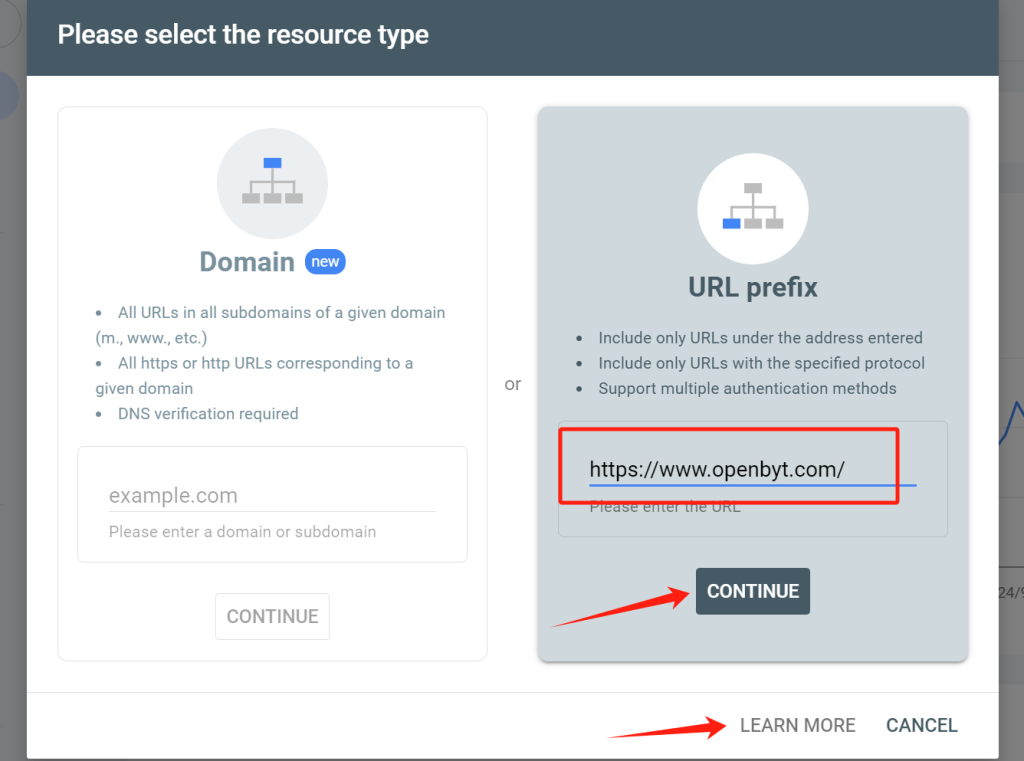
4. Saisissez l'URL de votre sitemap et cliquez sur Soumettre.
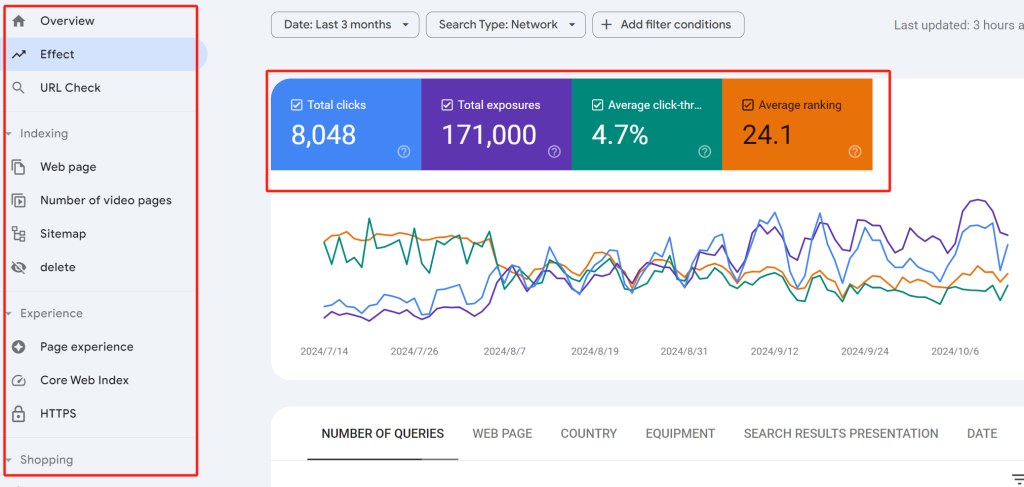
Google commencera à indexer votre site web et fournira des rapports sur les performances de votre site.
3. Optimiser les articles de blog pour le référencement
Le référencement n'est pas une tâche ponctuelle - vous devez optimiser votre contenu régulièrement. Chaque fois que vous publiez un nouvel article de blog ou une nouvelle page, prenez quelques mesures pour vous assurer qu'il est adapté au référencement :
- Utilisez un mot-clé ciblé : Choisissez un mot-clé en rapport avec votre contenu et que les utilisateurs sont susceptibles de rechercher.
- Optimisez le titre et la méta-description : Votre plugin SEO vous invitera à ajouter un titre et une méta-description pour chaque article. Les utilisateurs les verront dans les résultats de recherche, alors faites en sorte qu'ils soient attrayants.
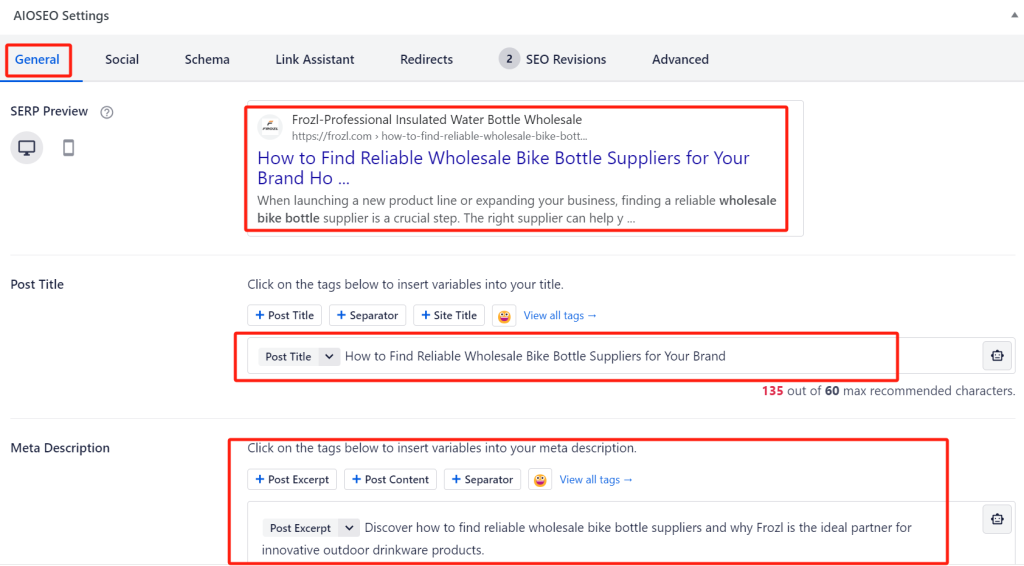
- Liens internes : Créez des liens vers d'autres articles ou pages pertinents de votre site afin de stimuler le référencement et d'accroître l'engagement des utilisateurs.
Techniques avancées de référencement de WordPress
Une fois que vous aurez maîtrisé les principes de base, voici quelques stratégies supplémentaires pour améliorer votre référencement :
1. Utilisez correctement les catégories et les balises

WordPress vous permet d'organiser votre contenu à l'aide de catégories et de balises. Cela aide les utilisateurs à trouver des contenus connexes et facilite la compréhension de la structure de votre site par les moteurs de recherche.
- En rapport avec la catégorie fonctionnent ensemble comme une table des matières pour votre blog.
- Tags sont plus spécifiques et vous permettent de relier les messages en fonction de sujets ou de mots-clés similaires.
2. Ajouter des liens internes
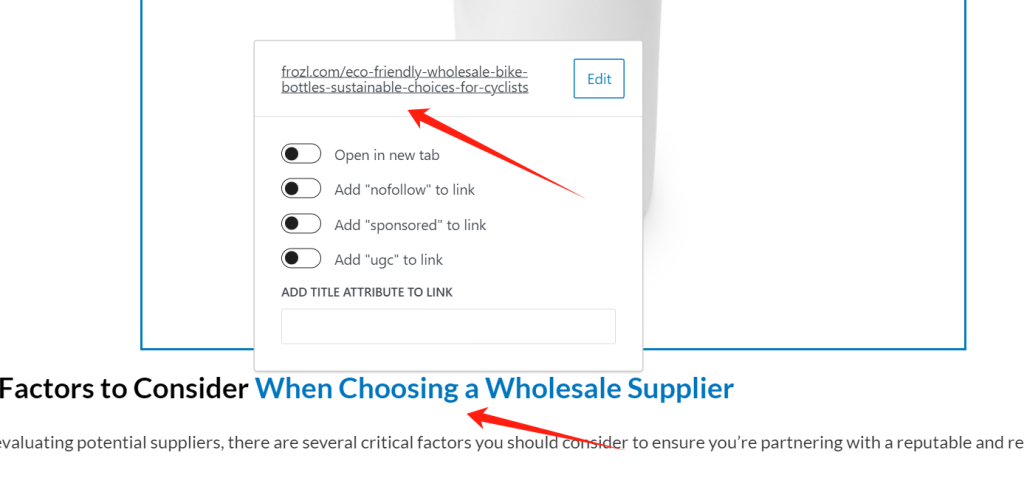
Les liens internes aident les moteurs de recherche à explorer votre site plus efficacement tout en encourageant les utilisateurs à explorer davantage de contenu. La meilleure pratique consiste à inclure 2 ou 3 liens internes dans chaque article de blog.
L'AIOSEO Assistant de liaison peut suggérer automatiquement des liens internes au fur et à mesure que vous écrivez, ce qui vous permet de gagner du temps et d'améliorer votre référencement.
3. Activer les snippets riches avec le balisage Schema

Les snippets riches, tels que les évaluations par étoiles, les FAQ et les détails des produits, permettent à votre contenu de se démarquer dans les résultats de recherche. Ces snippets sont obtenus grâce à schéma de balisagequi fournit aux moteurs de recherche des informations supplémentaires sur votre contenu.
Des plugins comme AIOSEO peuvent vous aider à ajouter facilement des balises de schéma à votre site WordPress sans nécessiter de codage.
Vitesse et sécurité : Indispensables pour le référencement de WordPress
La vitesse et la sécurité du site sont des facteurs essentiels pour le référencement. Google privilégie les sites web plus rapides et sécurisés ; l'amélioration de ces aspects favorisera votre classement.
1. Améliorer la vitesse du site web
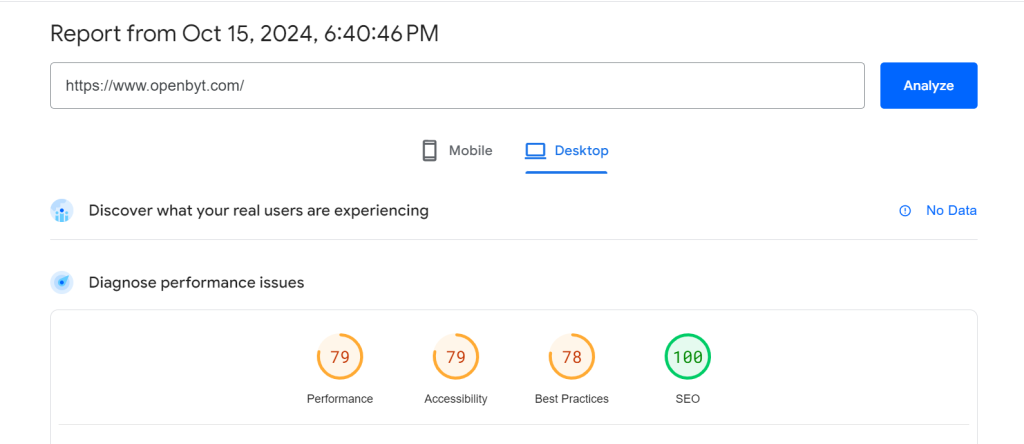
Les utilisateurs ont tendance à quitter les sites web dont le chargement dure plus de quelques secondes. Un site plus rapide se traduit par un taux de rebond plus faible, un engagement plus important et un meilleur classement dans les moteurs de recherche. Utilisez des outils tels que WP Rocket ou Autoptimiser pour accélérer votre site WordPress.
2. Sécurisez votre site web avec SSL

SSL (Secure Sockets Layer) crypte la connexion entre vos utilisateurs et votre serveur, améliorant ainsi la sécurité. Les sites web dotés d'un certificat SSL affichent une icône de cadenas dans le navigateur et utilisent https dans l'URL. Google privilégie les sites web sécurisés, c'est pourquoi l'installation d'un certificat SSL est cruciale pour le référencement.
De nombreux hébergeurs proposent des certificats SSL gratuits par l'intermédiaire de Let's Encrypt. Vous pouvez également acheter des certificats SSL premium pour une sécurité accrue.
Conclusion
L'optimisation de votre site WordPress pour le référencement ne doit pas être une tâche insurmontable. En suivant les étapes décrites dans ce guide, vous serez sur la bonne voie pour améliorer votre classement dans les moteurs de recherche et attirer plus de trafic.
Commencez par les principes de base, comme la mise en place d'une structure de permaliens appropriée et la visibilité de votre site pour les moteurs de recherche. Ensuite, améliorez votre référencement avec des techniques avancées telles que l'ajout de liens internes, l'utilisation du balisage schema et l'optimisation de la vitesse et de la sécurité. Grâce à ces stratégies, vous constaterez une croissance à long terme du trafic organique et une meilleure visibilité dans les moteurs de recherche.

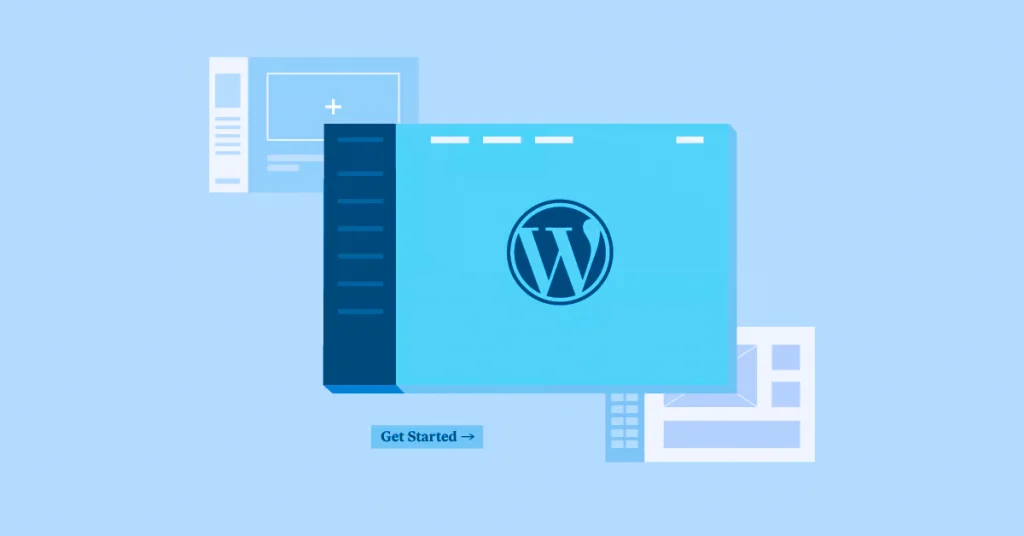
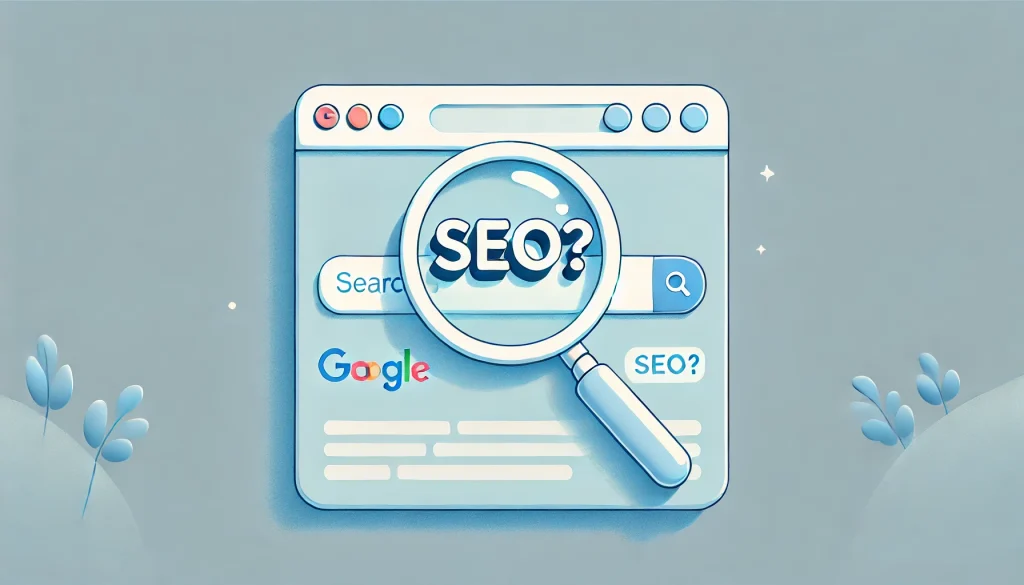




Réponses